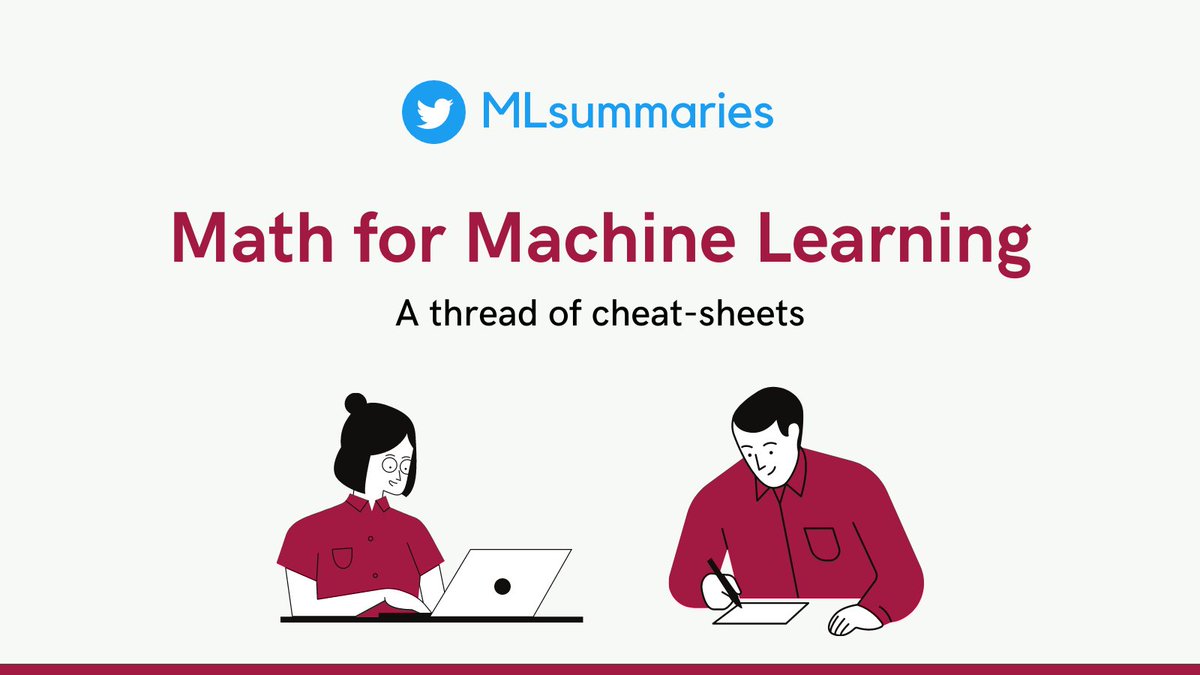Depending on the problem we are trying to solve, the loss function varies. Today we are going to learn about Triplet losses. You must have heard about it while reading about Siamese networks.
#MachineLearning #DeepLearning #RepresentationLearning
#MachineLearning #DeepLearning #RepresentationLearning

Triplet loss is an important loss function for learning a good “representation”. What’s a representation you ask? Finding similarity (or difference) between two images is hard if you just use pixels. 

So what do we do about it - given three images cat1, cat2, dog, we use a neural network to map the images to vectors f(cat1), f(cat2), and f(dog). 

Now as the name suggests, triplet loss takes 3 inputs, and tries to minimize the distance between cat images, and maximize the distance between cat and dog images. That’s it! 

That’s it. See this image from Bromley, Guyon and @ylecun ’s 1994 paper - “Signature Verification using a Siamese Time Delay Neural Network”. Do you notice the parallels? 

• • •
Missing some Tweet in this thread? You can try to
force a refresh









